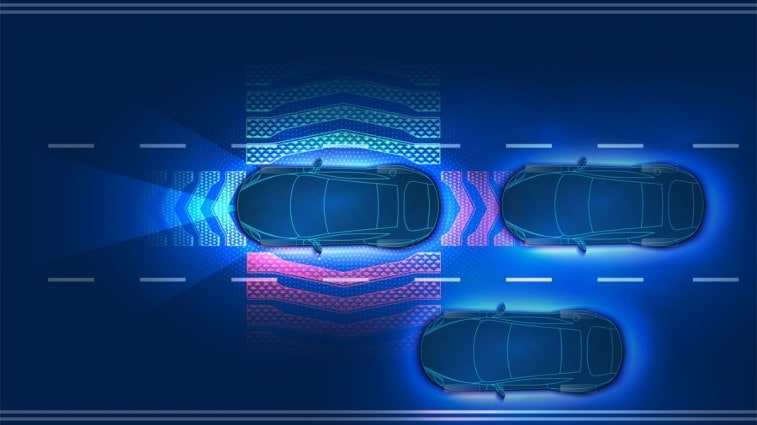
An AEB system detects objects or people in the roadway in front of a car and applies the brakes, even if the driver doesn’t, to attempt to avoid a collision. Once the province of expensive luxury cars, they’ve grown increasingly common.
Related: How Does Automatic Emergency Braking Work?
The National Highway Traffic Safety Administration (NHTSA) says the rule “would save at least 360 lives a year and reduce injuries by at least 24,000 annually,” as well as saving Americans money by reducing minor fender benders.
Just a First Step
The announcement doesn’t create a new requirement. The federal rulemaking process has many steps and built-in pauses for feedback.
Yesterday’s move was just the first step — a Notice of Proposed Rulemaking that explains the proposed rule and gives anyone who wishes to weigh in 60 days to comment on whether the proposed rule makes sense.
It’s not uncommon for rules to go through several rounds of proposals before they’re adopted. Once the agency publishes a final rule, it says, automakers would have three years to comply.
The Systems Are Already Common
Most automakers signed a voluntary agreement to spread the systems across their lineups in 2015.
NHTSA has a longstanding pattern of requiring new safety technologies only after they’ve grown common.
Most 2023 cars include an AEB system. Those that don’t include it as standard equipment often make it available as an option.
In 2023, even some of the least expensive cars on the road come with AEB systems. In the ultra-low-cost subcompact sedan class, most cars include it at no cost. The Mitsubishi Mirage (starting price $16,245) and Nissan Versa (starting price $15,830), for instance, include it as standard equipment. Kia makes it available as an added-cost option on the Rio.
Rule Affects Forward-Looking Systems Only
While forward-looking AEB systems have grown inexpensive enough to appear on the cheapest cars, more expensive cars today also include systems that see to the sides and rear.
The proposed rule does not require systems that function even when turning or rear cross-traffic alert systems that brake a reversing car.
Safety Advocates Say the Systems Need Work
Safety advocates say AEB systems save lives, but they could work much better than they do.
One recent study found that vehicles equipped with the systems have half as many crashes as those without.
But a recent round of testing by the insurance industry’s primary safety watchdog group found them ineffective at night.
Another set of tests conducted by the American Automobile Association (AAA) showed that they only reliably prevent crashes at low speeds.
Rule Might Mandate More Effective Systems
NHTSA Chief Counsel Ann Carlson says the rule could force automakers to address those limitations. “Our proposed rule would require all cars to be able to stop and avoid contact with a vehicle in front of them up to 62 miles per hour. And the proposal would require pedestrian AEB, including requiring that AEB recognize and avoid pedestrians at night,” she says.
It might, however, exempt some rare, heavy vehicles.
The rule would apply to all light vehicles with a gross vehicle weight rating (GVWR) of 10,000 pounds or less. Because of their large, dense batteries, electric vehicles tend to outweigh internal combustion cars. For example, the GMC Hummer EV has a GVWR of 10,550 pounds.







